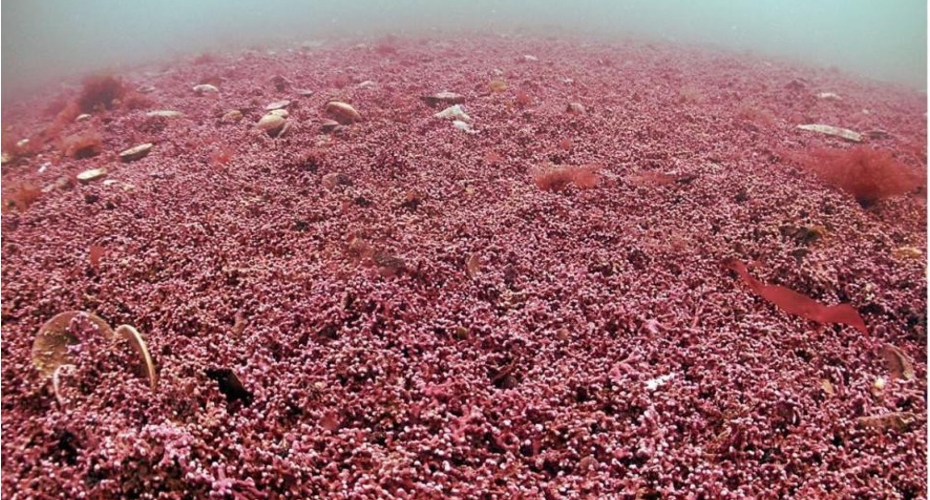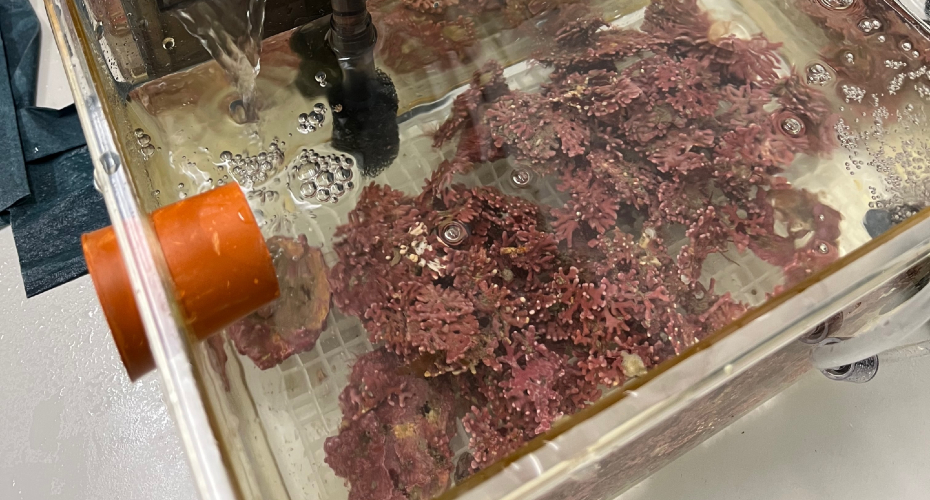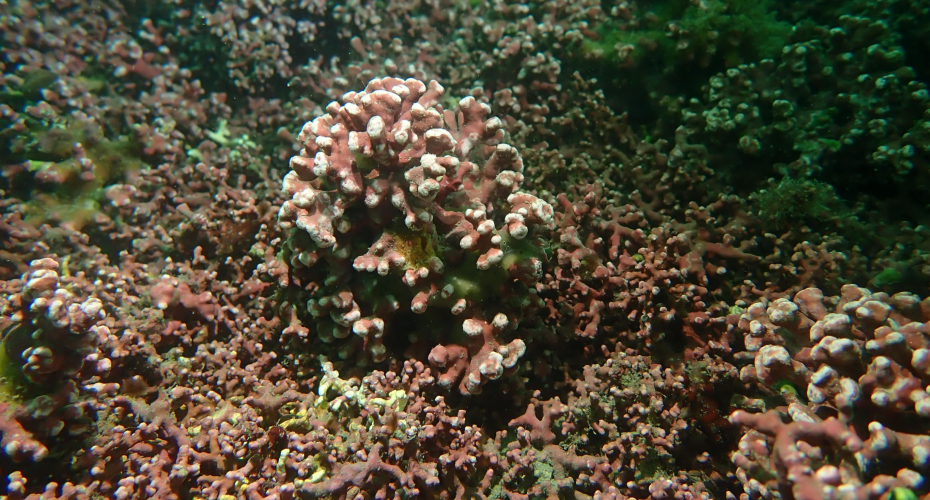A habitat-building coralline algae that provides a vital nursing ground for marine species and an important blue carbon ecosystem has been genetically mapped around south-west Britain in a first-of-its-kind study.
Using a technique called Whole Genome Sequencing (WGS), marine biologists at the University of Exeter have identified the genetic diversity of several types of calcareous red seaweed that form maerl beds from key locations stretching from Cornwall to South Wales.
It is the first time such a multi-site study has been conducted for these species in the UK, which forms distinctive beds of maerl, and the first genetic analysis of any type for one of them, Lithothamnion corallioides.
Published in the journal Evolutionary Applications, the paper contains several new findings, including that the 'Godzilla maerl', a larger growth form of the Phymatolithon calcareum species, discovered in St Mawes, Cornwall, in 2021, has a distinct genetic structure and appears to live exclusively in this area.
The scientists say that the data on genetic diversity could potentially identify those populations at greatest risk from environmental change and human activities.

"This is the first research project to assemble reference genomes for two maerl-forming species and use WGS to study populations around the southern and south-west coasts of Britain," says Dr Tom Jenkins, the project's lead. "It reveals levels of genetic diversity of these populations and identifies which are dominated by maerl clones, which, together, could have implications for their vulnerability and resilience to future changes in climate and the environment."
Maerl-forming algae are typically found in relatively shallow and sheltered waters, where they can access sunlight for photosynthesis while avoiding damage caused by waves. In addition to offering shelter for juvenile marine animals, maerl beds are also a valuable source of carbon capture. But maerl is also very slow-growing and has been at the centre of several debates relating to port management activities, such as dredging.
The research project was funded and supported by Natural England and Natural Resources Wales, who sent small samples of two types of maerl - Phymatolithon calcareum and Lithothamnion corallioides - taken from 12 sites in Cornwall, Dorset and Wales. These were analysed in a laboratory on the University's Streatham campus, using WGS technology.

The results enabled the team to map where each of the two species could be found, either independently (such as L. corallioides in the Helford Estuary) or together (Weymouth and others). They also revealed significant genetic differences between the algae sampled from Cornwall, Dorset and Milford Haven in Wales, suggesting geographic isolation between populations and potential adaptation to their environments.
Off the Cornish village of St Mawes, both species of algae were present, but within P. calcareum, they found two variants of maerl. One of these variants was coarser and much larger in structure - up to three times the size. Under analysis, it was discovered to have three sets of chromosomes, rather than the usual two.
"We have called this 'Godzilla maerl' and so far, we can find no evidence of P. calcareum maerl being this big in Europe," said Dr Jenkins. "It appears to be found only in St Mawes."

The team then compared the levels of diversity and resilience, introducing additional sites in Northern Ireland, France and Spain that had been surveyed in 2021. In the UK, the greatest genetic diversity was found in algae sampled from south and south-east Cornwall, while the lowest was the Godzilla maerl in St Mawes.
"High genetic diversity or clonality - where we see lots of clones - can be used as proxies for how resilient each population of maerl might be to future change," Dr Jenkins says. "The more variation in a site, the greater the chance that the population may be better equipped to respond to those changes."
The researchers say that these findings provide a significant resource to environmental managers in considering the vulnerability or resilience of maerl beds. And, they add that while species in Cornwall might be better suited to current conditions, they could be at risk to future change.
"There has been this awakening among organisations that maerl, along with kelp and seagrass, offers great opportunities for carbon capture, alongside its importance as a nursery for juvenile animals," adds Professor Jamie Stevens of Exeter's Department of Biosciences and co-author of the report. "The longevity of maerl beds can be measured in centuries, if not millennia, and they offer a habitat that can fulfil a role in our temperate waters that starts to approach what a reef might do in tropical systems. It is the most phenomenal of structures and its value to commercially important crustaceans such as lobsters and crabs, should not be underestimated."







